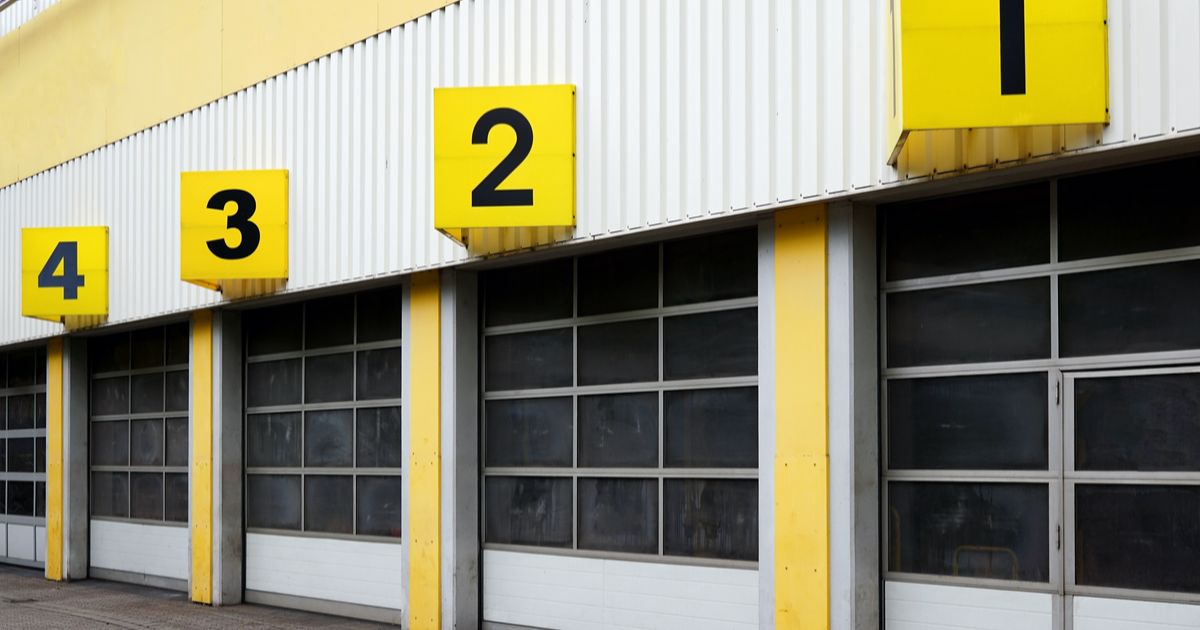Importers are being hit severely by the Novel Coronavirus Pneumonia epidemic in China:
- Many factory workers (operators, inspectors, engineers…) are locked down in Hubei province
- Perhaps a higher number of factory workers are remaining in their home towns, hesitant to come back to work
- Local governments have extended the holiday, and then have imposed strict conditions for re-opening, which means many factories are not yet authorized to re-open
- One can expect a much higher-than-normal proportion of factories that decide to shut down for good
- Foreigners can’t easily fly to China, and would probably have to be quarantined for 14 days once they go out of China
(Obviously, the main victims of this epidemic are people who got infected, their families, and front-line health workers. This is a terrible situation for them. But I am going to focus on what importers need to do in this article.)
The need to double-check what your Chinese suppliers tell you
Some suppliers are tempted to act in an unethical manner. Let’s look at a few examples.
- A factory told us they had re-opened as planned on 3 February, and they are not making any high-priority products (masks, goggles…). That’s very probably a lie, in order to collect a deposit for an upcoming production batch.
- Many manufacturers say they are opening today (10 February). That’s often true, but many factories are still closed.
- If a supplier pretends their production capacity is unchanged and they can make the orders as planned, this is probably the sign of over-confidence.
- If a supplier requires a deposit now (as a sign of firm commitment) in order to block capacity in the coming months, it does make sense… but it doesn’t mean there is a 0% chance you will get scammed!
As the buyer, what do you need to know from Chinese suppliers?
- Are actually already open if they claim that’s the case
- Have taken all the basic precautions when it comes to their staff safety (the whole factory will be closed if 1 infection case is found)
- Have followed all the local government regulations (again, they will be closed if an inspection by the government finds non-conformities)
- Have sufficient workers to make production as planned
- Have the engineers, maintenance technicians, etc. as needed to set up manufacturing & testing processes and to keep them up and running
- Have the quality staff needed to ensure only good products are shipped out
- Have taken their own suppliers’ plans and difficulties into account
- Have sufficient inventory to keep producing without risk of shortages for some time
How to verify if factories are ready and have production capacity?
Before the audit (desk work)
- Hold a Wechat video call with someone who is physically at the factory. Have them show us the factory gate (with the factory name), and ‘bring us’ in the factory where we can see people working.
- Review the guidelines from their local government, and the SOP (if any) the factory prepared to ensure all people comply with the guidelines.
- Ask for records of compliance with those guidelines (local governments usually request such records to be prepared).
During the audit (on-site if possible, or as an e-audit)
- Risk assessment of sanitary conditions (masks, detergent, temp…).
- Double-check on above-mentioned records.
- Analysis of the current capacity (with observation) and of the factory’s forecasts.
- Count of production workers, quality workers, maintenance workers, product engineers, process engineers.
- Analysis of expected supply and the corresponding delivery plan (if any).
- Count of the current inventory of some components.
- Dryness of packaging materials and products (in order to avoid the risk of bacteria developing and hosting the virus over a long period of time).


Hi Renaud,
I have been reading your articles for quite long time, they are all amazing!
is it possible for me to translate some of those into portugues to share with my friends in facebook or tweeter?
And there’s no doubt that i will Indicate the source of the citation!
Waiting for your reply!
Hi Natalia,
Thanks for the nice comments. And yes, of course, please do so!